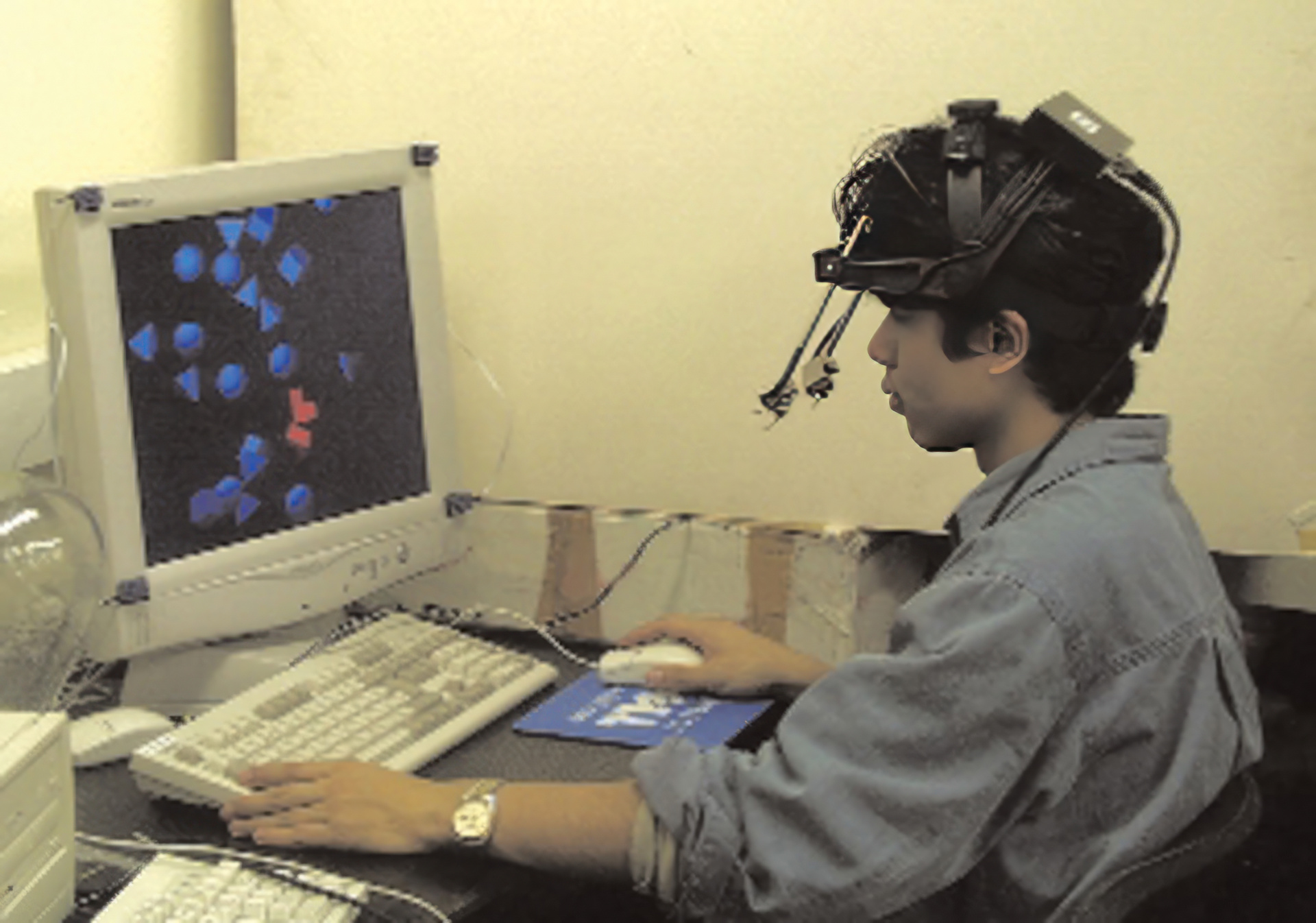“Real vs. Approximate Collisions: When Can We Tell the Difference?” by O’Sullivan and Dingliana
Conference:
Interest Area:
- Application
Title:
- Real vs. Approximate Collisions: When Can We Tell the Difference?
Session/Category Title: Human Factors
Presenter(s)/Author(s):
Abstract:
Psychophysical experiments were conducted to examine the effects of factors such as eccentricity, sep9ration, distractors, causality, and physics on collision perception. The results are used to guide perceptually adaptive collision handling
References:
1. Barzel, R., Hughes, J.F., & Wood, D.N. (1996). Plausible motion simulation for computer graphics animation. Computer Animation and Simulation ’96, 183-197.
2. Chenney, S. & Forsythe, D.A. (2000) Sampling plausible solutions to multi-body constraint problems. In Proceedings of SIGGRAPH 2000, 219-228.
3. Clement, J. (1982). Students’ preconceptions in introductory mechanics. American Journal of Physics, 50. (1), 66-71.
4. Gilden, D. & Profitt, D. (1989). Understanding collision dynamics. Journal of Experimental Psychology: Human Perception and Performance, 5. (2), 372-383.
5. Michotte, A. (1963). The perception of causality. New York: Basic Books, 1963.
6. Profitt, D. and D. Gilden. (1989). Understanding natural dynamics. Journal of Experimental Psychology: Human Perception and Performance, 15. (2), 384-393.





